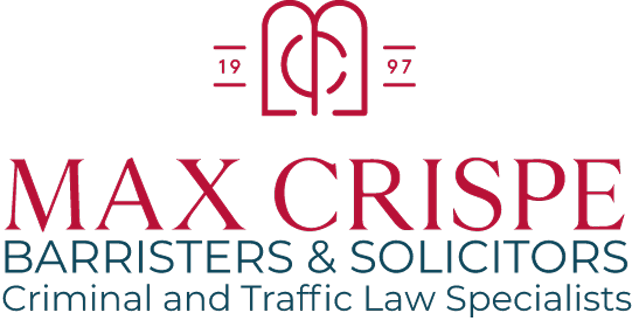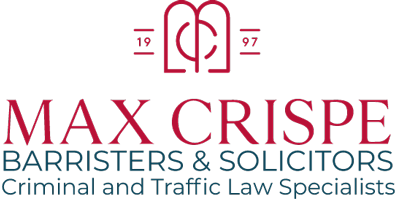Calculation of Blood Alcohol in Road Traffic Offences under the Road Traffic Act
We talk about blood alcohol reading, however, it is really a reading taken from a breathalyser machine. The legislation provides that an alcohol reading taken from a continuous breath deep from the lungs is deemed by law to be a blood alcohol reading.
The Road Traffic Act makes the following assumptions to calculate a driver’s blood alcohol:
TIME OF OCCURRENCE
This is intended to be the time you were stopped or the time of an accident if Police attend. This time is critical because it is necessary to calculate a person’s reading back to the actual time of alleged driving using a special formula.
TIME OF TEST
Here we are talking about not the test on the side of the road which is called the preliminary test, we are talking about the proper breathalyser test which is usually performed at a Police Station or in a booze bus.
There is a small readout that is given to you, not unlike a shopping docket that has the actual time of the test. It is important you keep this docket if you intend to contest the matter or want legal advice.
ALCOHOL ASSUMPTION
The Road Traffic Act prescribes that alcohol will rise in your blood for two hours from the last drink at a rate of .016 per hour and then drop off at the same rate.
TIME OF LAST DRINK
If a person does not know when they had their last drink, the Police assume the best possible calculation as being the time of occurrence, the time you were stopped. If you cannot remember, say so in which case you must be given the most beneficial calculation.
It is possible to calculate your own blood alcohol reading and it is important you do so because minutes can make a difference to the calculation as to whether it is a .05 offence, a .08 offence or a DUI. A DUI is an offence where the reading commences at 0.15.
This can all hinge on the time you were stopped (the time of occurrence). Sometimes Police do not make an immediate note of what that time is or in the case of an accident the time is sometimes estimated based on witnesses to the crash. This may mean that errors are made by police as to the time of occurrence and have a dramatic effect on the results. We have had many cases where, over the years, the adjustment to the real time of occurrence has meant a charge of DUI has dropped to a .08 offence or a .08 offence is dropped to a .05 offence. In some cases, even to no offence at all. The task of Police is to calculate your blood alcohol reading to the time of occurrence so it is critical there is no error in what actually was the time of occurrence.
To perform the calculation you need to have the reading and the time of the test. You take the number of minutes from the time of the test back to the time of occurrence. For example, let us say you were stopped at 10.00pm and the test was at 10.43pm. The test result will need to be taken back 43 minutes. The hourly rate at which alcohol rises is .016 per hour. That is divided by 60 minutes which gives a reading of .0002666 per minute. You simply multiply in the above example 43 minutes by that calculation. That gives a result of .011463. It is then a simple deduction of .011463 from the test result that is on that little slip of paper you are given and that gives you your calculated reading.
We should also be advised if anything unusual happens while the test is occurring either with the breathalyser machine or anything else that seems out of the ordinary or that the Police mention either to you or to other officers in your presence.
Finally, if a person has a drink of alcohol, however small, after being stopped and before police are involved and therefore before the test, the result in our view is invalid and the calculation under the Road Traffic Act cannot be made. Contact us and seek legal advice immediately.
For further information contact Max Crispe on 0407 440 078, Kate Crispe on 0415 058 950, Shirley Casey on 0458 850 033 or Mel McEwen on 0437 030 713.



